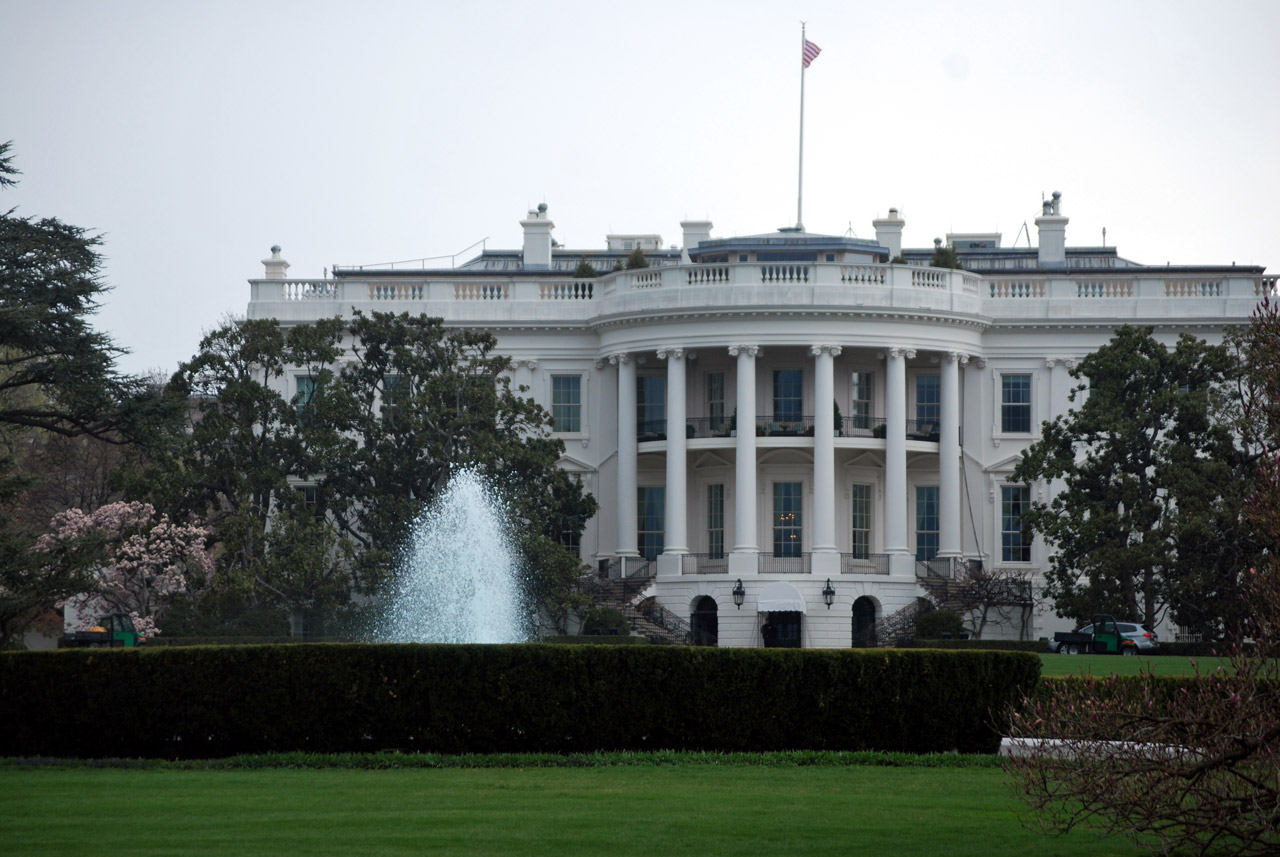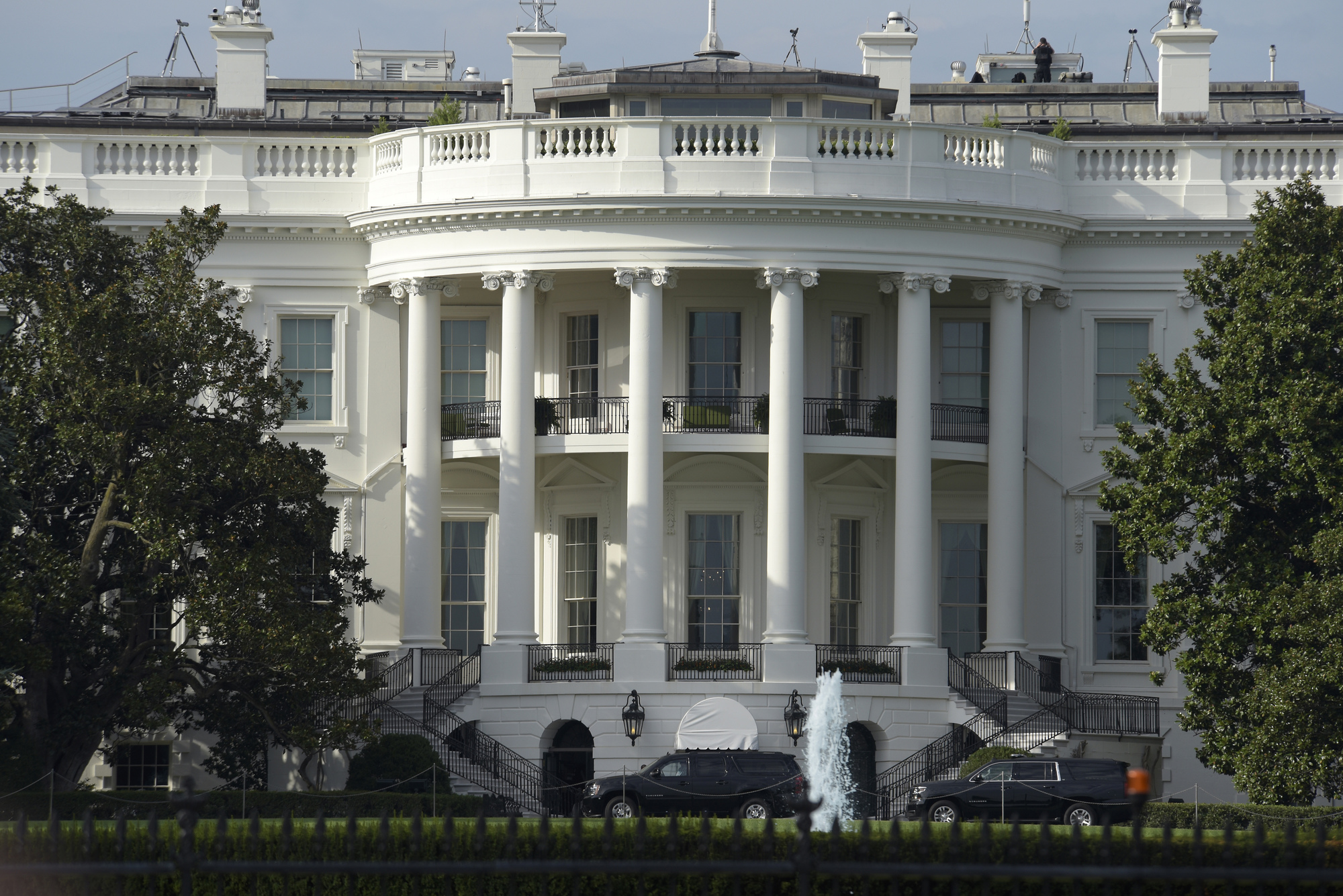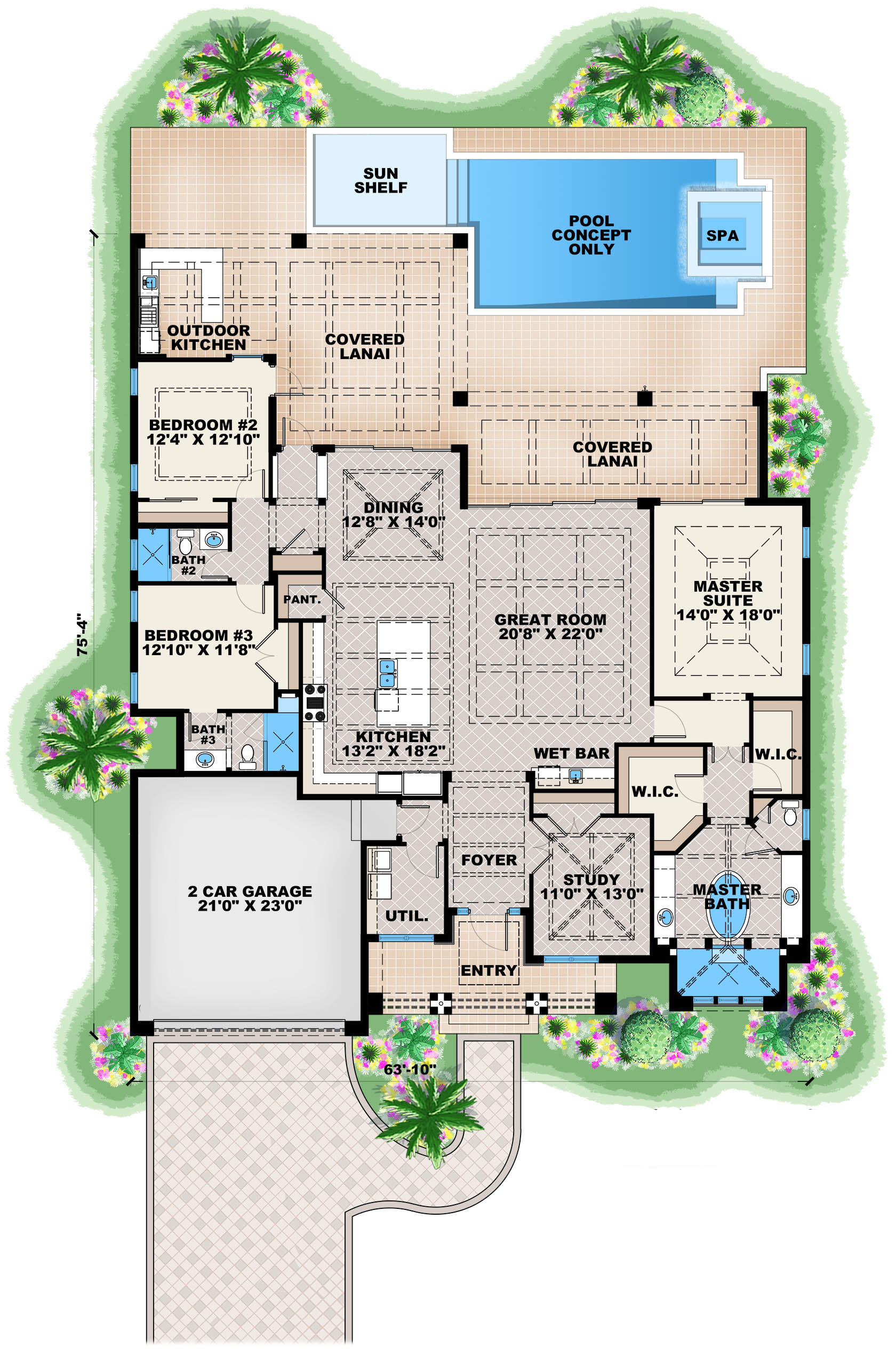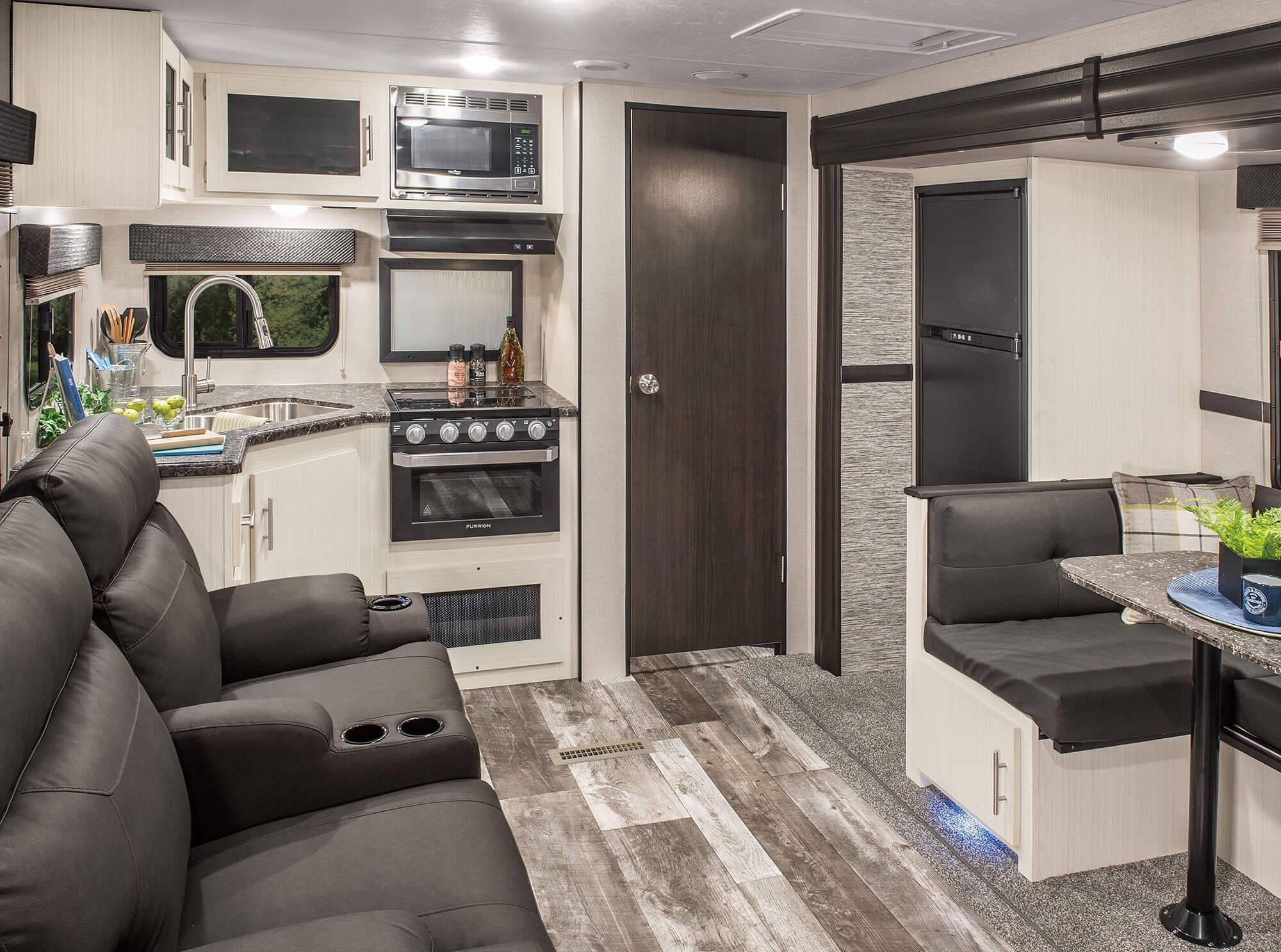Table Of Content

The White House has also been subjected to disaster, including two fires, one at the hands of the British in 1814 and one in the West Wing in 1929. Famous rooms in the White House include the Blue Room, where President Grover Cleveland married the youngest first lady in history and the President’s Oval Office, which replaced the Roosevelt Room, where President Roosevelt used to house a fish tank and fishing paraphernalia. Today, tours of what is undoubtedly the most iconic residence in the US are a precious commodity. Nonetheless, the visitors centre and surrounding area give a sense of the White House’s role within US history. Contrary to a popular myth that the building was painted white to hide scorch marks after the fire in 1814, the residence was first painted white in 1798 to protect the exterior from weather damage.
Did enslaved people build the White House?
According to the will, George Fenwick left four city lots in the new city of Washington and significant tracts of land in Prince George’s County, Maryland, and St. Mary’s County, Maryland, to his sons. In addition, Fenwick stated that his land in Prince George’s County contained 287 acres, while his St. Mary’s County plantation consisted of 400 acres. The amount of acreage listed in this will suggests that Fenwick was involved in tobacco farming, one of the most lucrative crops in southern Maryland for the time period. The intensive nature of this crop typically required large amounts of enslaved labor to cultivate and harvest.
How many presidents owned slaves? History of slavery in White House - USA TODAY
How many presidents owned slaves? History of slavery in White House.
Posted: Sun, 18 Jun 2023 07:00:00 GMT [source]
The Decatur House Slave Quarters
In retaliation for the American burning of York, Ontario the previous year, the British forces set fire to the White House, the Capitol, and other government buildings. The city of Washington DC (District of Columbia) was established on July 16, 1790, with the site chosen by inaugural president George Washington. Designer Pierre Charles L’Enfant created the map for the new city using inspiration from existing European cities like London, Paris, Madrid, and several cities in Italy. At the time, Washington DC was considered the geographic epicenter of the United States, though this would change during the lengthy era of Westward Expansion.

James Hoban, Designer and Builder of the White House
At the urging of President Madison, Congress decided to rebuild the public buildings in Washington rather than move the capital to another city. James Hoban returned to reconstruct the Presidents House as it had been before the fire. The weakened walls were dismantled to the basement level on the east and west sides and on the north except for the central section.
The bow is flanked by five bays, the windows of which, as on the north façade, have alternating segmented and pointed pediments at first-floor level. The bow has a ground-floor double staircase leading to an Ionic colonnaded loggia and the Truman Balcony, built in 1946.[33] The more modern third floor is hidden by a balustraded parapet and plays no part in the composition of the façade. Not long after the inauguration of President George Washington in 1789, plans to build an official President’s House in a federal district along the Potomac River took shape. A contest to find a builder produced a winning design from Irish-born architect James Hoban, who modeled his building after an Anglo-Irish villa in Dublin called the Leinster House.
In 2007, the White House was listed as the second favourite architecture in America by the country’s Institute of Architects. Lime-based white wash was originally applied shortly after the building was constructed to protect the porous sandstones. By President Jimmy Carter’s administration (1977–81), the paint was so thick that visitors couldn’t see the carving details above the windows and doors, or any of the beautiful molding.
Make Your Inbox the Best in History
Under Harry S. Truman, the interior rooms were completely dismantled and a new internal load-bearing steel frame was constructed inside the walls. This map illustrates the movement of enslaved laborers who were sent to Washington, D.C. Because the capital did not have a large population at the onset of the initial construction, the commissioners hired out enslaved people from a variety of slave owners in Maryland, Virginia, and the District of Columbia. By conducting genealogical research, this map tracks the general location of the slave owners and where the enslaved people would have traveled from to work in the District. Although some locations are exact, most are estimated based on county and church and census records. If you have any additional information about anyone on this map, please reach out to
White House Builder James Hoban’s Irish Roots
It is understood that the American people ‘own’ the house, and simply loan it to whoever they elect as president for the length of their term. As a result, the White House still frequently hosts members of the public for tours free of charge, except during times of war. When Thomas Jefferson moved into the house in 1801, he added low colonnades on each wing that concealed stables and storage. Successive presidents and their families have also made structural changes, and it is custom for presidents and their families to decorate the interior to suit their personal taste and style. While George Washington chose the site and design of the White House, he did not ever live in the residence. John Adams was the first president to live in the White House, moving in on November 1st, 1800.
The President's Neighborhood
On August 24, 1814, British troops marched on Washington, DC, and burned the White House, the Capitol, and several other public buildings. Hoban returned to rebuild the residence, and while work was completed in 1817, he continued to work on additions for several more years. In 1824, he added the South Portico for James Monroe, and he constructed the North Portico for Andrew Jackson from 1829 to 1830. In 1842 the visit to the United States of the English novelist Charles Dickens brought an official invitation to the White House. After his calls at the White House door went unanswered, Dickens let himself in and walked through the mansion from room to room on the lower and upper floors.
In addition to the Presidential Bedroom Suite, the second floor includes historic spaces, such as the Queens’ Bedroom, the Treaty Room, the Yellow Oval Room, the Center Hall, and the East and West Sitting Rooms. The central Executive Residence is home to the president’s living spaces and the State Rooms. The ground floor originally housed service areas, but now includes the Diplomatic Reception Room, the White House Library, the Map Room, the Vermeil Room, and the China Room.
Urban legend suggests that a rain storm arrived and saved the White House. While the wet weather saved the surrounding buildings from catching fire, it nearly destroyed the walls of the White House. The stone walls were incredibly hot from the fire and the cold rain caused them to shrink rapidly and crack. In August 1814, British forces marched into Washington, DC and burned all public buildings in retaliation for the destruction of York [now Toronto], Canada, the year prior.
The vice president has an office in the West Wing, as well as the ceremonial office in the Eisenhower Executive Office Building. A small East Wing was first added in 1902 as an entrance to the White House. Today’s structure was built in 1942 and sits atop the Presidential Emergency Operations Center. The two-story East Wing houses the office spaces of the first lady and her staff. Set on 18 acres of land, the White House is made up of the Executive Residence, the East Wing, and the West Wing, with its famous Oval Office.












